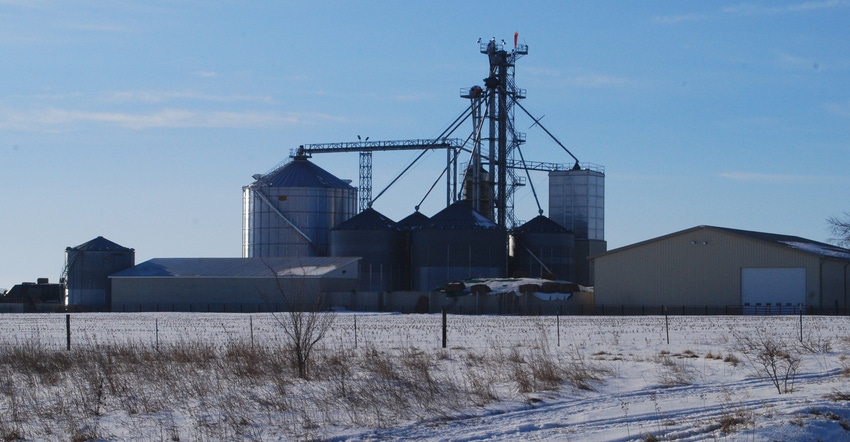January 8, 2020

As farmers enter 2020, now is an ideal time to revisit financial statements. In the December edition of Iowa State University’s Ag Decision Maker online, updated files are available to help farmers with their net worth statement, farm income statement and financial performance measures. These online tools provide guidance in preparing financial statements and interpreting them.
William Edwards, professor emeritus in ag economics at ISU, says most farmers use calendar-year accounting, so the end of the year is prime time for wrapping up farm financial numbers. Meetings with lenders usually happen in January and February so completing financial statements now will give farmers a head-start on the process. “One of the things ag lenders always ask for is updated financial statements. The earlier we sit down and pull that information together the more accurate it’s going to be,” he notes.
How much did your farm business earn last year? Was it profitable? There are various ways to answer these questions:
Farm income statement. Most farm families do a good job of keeping records of income and expenses for the purpose of filing income tax returns, Edwards says. However, values from the tax return “may not accurately measure the economic performance of the farm.” Consequently, you need the broader perspective provided by an accurate farm income statement.
Sometimes called a profit and loss statement, a farm income statement provides a summary of income and expenditures during a specific accounting period, usually the calendar year for farmers. It’s a measure of input and output in dollar values. It offers a capsule view of the value of what your farm produced for the time period covered and what it cost to produce it.
Even if you do a good job of keeping records of income and expenses for filing income tax returns, you need to have a clear understanding of the purpose of an income statement, the information needed to prepare the statement, and the way in which it is summarized.
Net farm income, as calculated by the accrual or inventory method, represents the economic return to your contributions to the farm business: labor, management and net worth in land and other farm assets. Another measure, cash net farm income also can be calculated. It shows how much cash was available for purchasing capital assets, debt reduction, family living and income taxes.
Net worth statement. This tool helps track assets and liabilities, and includes land, livestock, equipment and other items used in a farming operation. Would you like to know more about the current financial situation of your operation?
A simple listing of the property you own and the debts you owe can provide valuable insights. Such a listing is called a net worth statement, or sometimes a financial statement, or balance sheet. The net worth statement is based on this relationship: assets equal liabilities plus net worth, or assets minus liabilities equal net worth.
Most farm businesses are made up of a combination of land, livestock, crops, and machinery acquired with debt (liabilities) or contributed by the operator (net worth or owner’s equity). The net worth statement is like a photograph of these assets and liabilities on a given date.
Comparing net worth statements made at the end of each year over several years can help you measure the progress of your farm business. The net worth statement also helps you judge the ability of the farm operation to pay off current debts and take on additional ones.
Financial performance measures. This tool helps farmers evaluate how they’re doing compared to other Iowa farmers, using data compiled by the Iowa Farm Business Association. By using the Financial Performance Measures file on the Ag Decision Maker website, farmers can track their liquidity, solvency, profitability, financial efficiency and repayment capacity, to create multiyear comparisons of their farming operation.
“Farmers who have a large investment in land, machinery, livestock and equipment need to keep informed about the financial condition of their operations,” says ISU Extension farm management economist Alejandro Plastina. “Some useful measures of financial performance can be calculated from information found in most farm record books and accounting programs.”
These measures can help farmers assess the profitability, debt capacity and financial risk currently faced by their businesses, he adds. The measures presented in the Financial Performance Measures are based on guidelines of the Farm Financial Standards Council and are used by most ag lenders and farm accountants.
Source: ISU, which is solely responsible for the information provided and is wholly owned by the source. Informa Business Media and all its subsidiaries are not responsible for any of the content contained in this information asset.
You May Also Like




